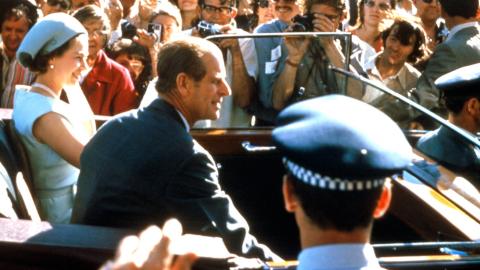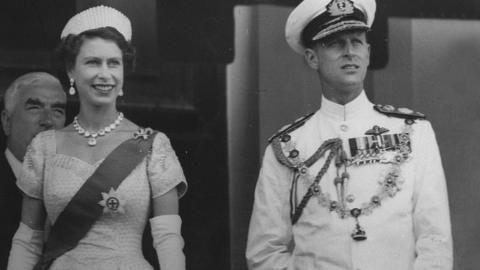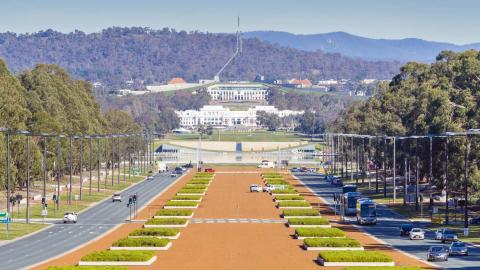
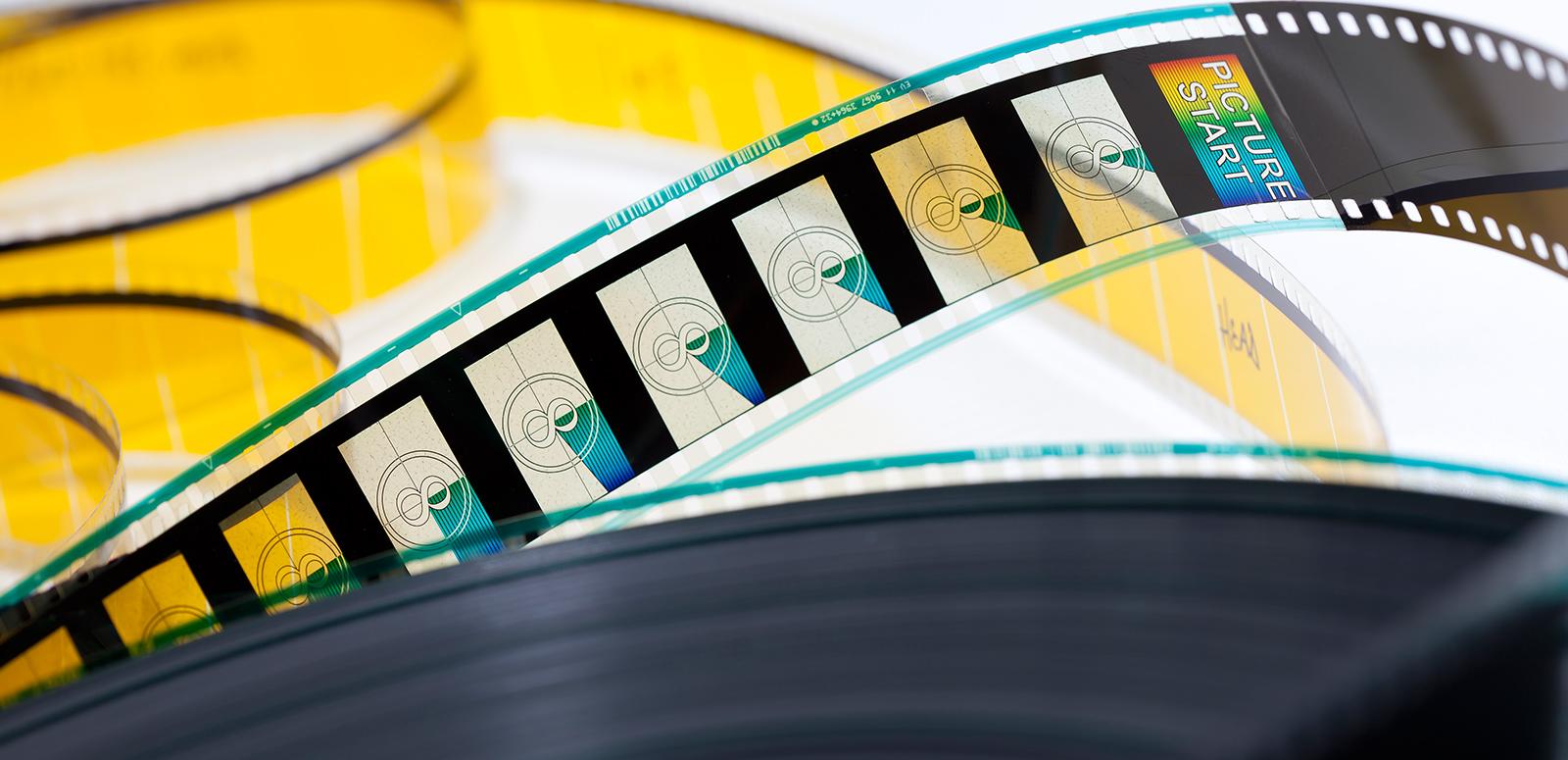
Australia’s earliest surviving sound-on-film
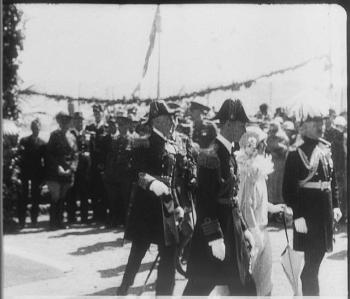
It’s one of those serendipitous things that Australia’s earliest surviving sound-on-film films should be of the Duke of York, soon before he became King George VI. The Duke of York's speaking voice is the subject of the Oscar-winning film The King's Speech (Tom Hooper, US-UK, 2010), but he is unfortunately not heard speaking in this footage from 1927.
A Royal Test
The Duke and Duchess of York arrived in Australia in March 1927 for the opening of Parliament House in Canberra. Upon their arrival in Sydney the young Duke steps forward to the microphone to deliver his first speech to the Australian people. The event is recorded by many British and Australian silent newsreels, but among them are the men from the fledgling Australian arm of DeForest Phonofilms in their first attempt at capturing the human voice on film in the open air.
That they were attempting to catch the voice of a royal figure with a speech impediment was irrelevant – they were much more concerned with ensuring their newly-arrived recording system was working and that people did not obstruct the view or the audio reaching their camera and microphone. Unfortunately, they were not entirely successful, but captured enough to release the film. However, it becomes very obvious when you view the film that the Duke has a very strong Australian accent – or rather, that it is not his voice at all.
So distant from the event and without the benefit of much documentation to explain how or why this came about, we are forced to conjecture: was it a technical mishap or were Phonofilms (Australia) directors instructed to not reproduce the Duke’s voice due to his speech impediment?
The official story told by Phonofilms (Australia) directors was that they had arranged with the NSW Government to be allowed to record the speeches of the Mayor and of the Duke of York. On the day, the microphone was placed on the dais as the Mayor and the Duke were to speak into them and the camera was aligned to have full view of both speakers.
In the excitement however, the Mayor moved away from the microphone and the dais which caused the Alderman to step in between the microphone and the camera. This prevented the Mayor from being filmed and it also meant that the Duke was obscured for most of the time and was not speaking into the microphone. The camera only captured a short scene of the Duke and without sound.
Saved in the studio
Disappointed at their luck, Phonofilms (Australia) were not beaten. They salvaged the situation by acquiring a copy of the speech which was recorded using a company director’s voice in their Rushcutters Bay Studio. They then looped the footage of the Duke for the required length, syncing sound and vision as well as possible. As the events described are borne out by the film, we can have little doubt this was the reason the Duke’s voice was not recorded.
Phonofilms (Australia) first screened the film at the official opening of its Rushcutters Bay Studio in early April and it was then released to the public at Sydney’s Lyceum Theatre later in the month.
The film was lost to Australia until located in the United Kingdom as a copy of the film had been sent to King George V by Phonofilms (Australia). The Duke and Duchess of York arrive at Farm Cove was restored to Australia in 2005 and is now part of the NFSA collection.
The original version of this article was first published in 2011. The text was updated in 2023.
Want to be the first to hear stories and news from the NFSA?
Subscribe to our newsletter and never miss out.
The National Film and Sound Archive of Australia acknowledges Australia’s Aboriginal and Torres Strait Islander peoples as the Traditional Custodians of the land on which we work and live and gives respect to their Elders both past and present.
